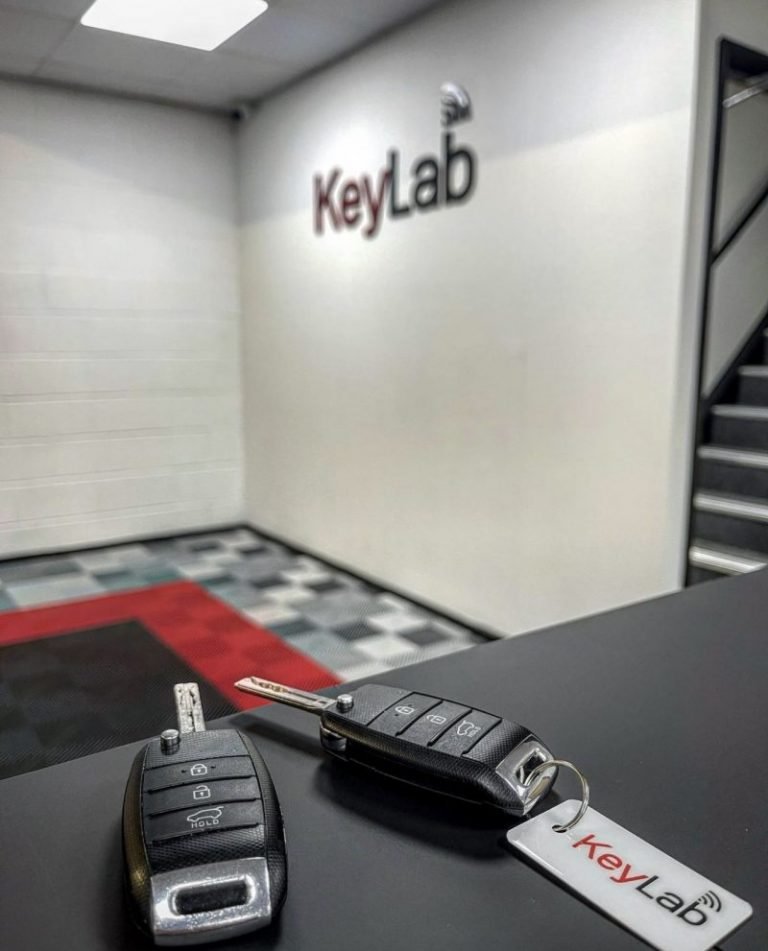What Is Car Diagnostics?
Car diagnostics is a procedure that can be used to pinpoint the cause of the car's malfunction. This involves analysing every type of automobile equipment. However, it is more commonly used to refer to electronic-controlled vehicles. To determine if there's any issues, the diagnostic process checks your car's fuel supply as well as sensors, filters and filters. Your car's engine management software will search for codes that relate to various components.
Check engine light
The Check engine light is a warning that your car is having problems. The check engine light might flash or remain for a lengthy period. Whatever the reason it is important to have your car examined by a professional mechanic. You risk damaging your car’s emissions control system, including your catalytic converter, if do not address the issue.

You need to understand the way cars function in order to determine the reason behind the check engine light. Cars are equipped with computers that communicate with their driver via icons. The engine-shaped icon that is orange in the instrument cluster turns on when a problem is detected by the onboard computer. The causes of these problems range from simple overheating , to more serious.
A check engine light indicates that there is a problem with the car's emissions control system. This is a sign there is an issue with your car's emission control system. This can make driving unsafe. It is important to fix it as soon as possible or it could cause more damage and expensive repairs. While the check engine light may not be always dangerous to drive however, it should not be ignored.
An OBD-II scanner can be bought when you're not sure of what the issue could be. The scanners can range from to $100 and provide an idea of what's wrong with your vehicle. They can also help you decide what you should do next depending on the severity of the issue. Don't panic if the check engine light comes on in your vehicle. Instead, remain cool and observe your car's symptoms. Make sure that you make a stop as soon as you can.
Oxygen sensor tests
There are two primary ways to check the condition of your car's oxygen sensors. To test the voltage of your oxygen sensor, you must first use an OBD2 scanner tool. If the sensor is operating properly, the voltage should fluctuate from lean to rich with a steady rate. The voltage should range from 0.1 to 0.9 volts. If it fluctuates, it is probably an issue with the oxygen sensor.
The oxygen sensor is operating correctly if readings remain constant. It should be within the range of 100mV-900mV. diagnostic car should be within the range of 100mV-900mV. If it is lower than this, it could indicate an issue. If the readings increase to over this range, it means that the sensor isn't functioning correctly. The next step is to remove the hose from the PVS valve. This will allow an abundance of air to flow into your engine.
If you are unsure of the voltage, the most effective way to test your car's O2 sensor is with an voltage meter. A reputable voltmeter is required. This is because the current voltage from your car's o2 sensor needs to be between one millivolt and one volt.
If you aren't sure about the voltage, you can also check it with an instrument like a multimeter. The multimeter can show the readings from both downstream and upstream oxygen sensors. If you have a multimeter, ensure that you warm up your car prior to testing. The voltage on the digital multimeter will swiftly fluctuate between 0.01 volt and 1.01 volts when it's warm. If the readings do not fall within this range, the oxygen sensor is likely to be malfunctioning.
Cost of diagnostics
There are a myriad of factors that affect the final cost of car diagnostics. Most problems are simple, but in some cases an issue that is complex can be quite expensive. For instance, you might discover that you must replace some parts of your engine. If this is the case, think about getting an additional opinion. It is important to be aware that some auto repair shops will charge more for diagnostic tests. To avoid being ripped off it is best to choose an honest auto repair shop that has an excellent reputation.
You can also buy the car diagnostic instruments online for as low as $25. These tools are similar to the ones used by mechanics and auto parts shops. These tools can help you pinpoint the issue before you take it to an expert mechanic.
The costs for diagnostic tests ranges from $88 and $111 to make a general diagnosis. The shop can request additional time or money to diagnose more complicated problems. These extra costs are usually lower than the cost for repair. These costs are only the beginning of the bill.
While the cost of a diagnostic examination could be higher than other repairs however, it's important to realize that you're making a long-term investment in your vehicle. Diagnostic tests for cars can help you spot a problem before it turns into an expensive expense.
The signs of a problem with the car system
One of the most crucial components of a car is the electrical system, that regulates the lighting. The lights are vital for security and for the illumination of the interior, especially at night. However, if your lights suddenly stop working or dim, functioning, it could be a problem with the electrical system. This could be an indication of a dying battery or an alternator belt that requires replacement.
